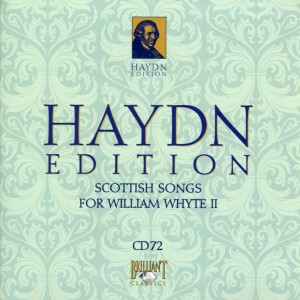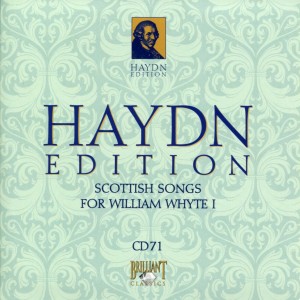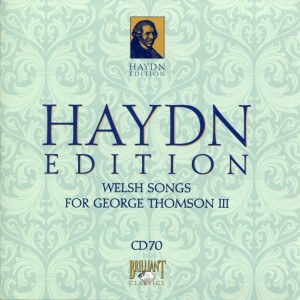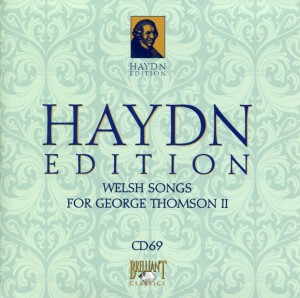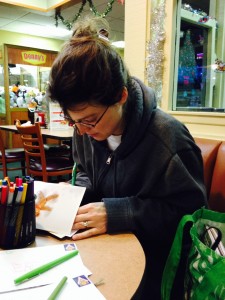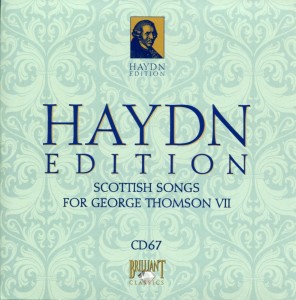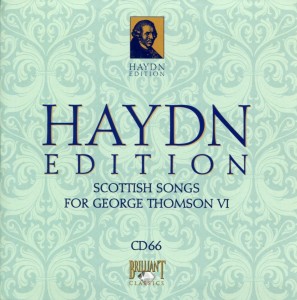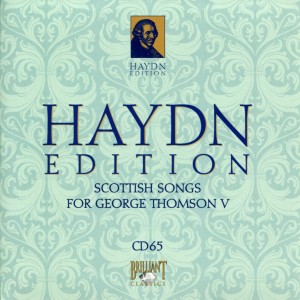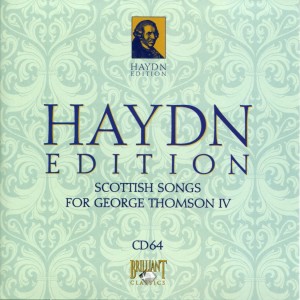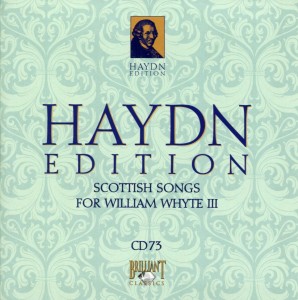 The current temperature in Grand Rapids, Michigan, at 7:30am on December 12, 2013, is 11 degrees. (Or -12 C for all of my European readers.)
The current temperature in Grand Rapids, Michigan, at 7:30am on December 12, 2013, is 11 degrees. (Or -12 C for all of my European readers.)
That’s cold.
Typically, this kind of cold would stay away until late January or early February. This year, however, it arrived early.
It’s bad enough for a resident of Michigan in the 21st century. I wonder what Haydn did to keep warm in the late 1700s, early 1800s when he was composing the score for these folks song? Did he sit beside a roaring fire? Did he have candles blazing everywhere to give the illusion of daylight? Did he wear a coat and gloves all of the time? Did he exercise to get the blood flowing?
Did he have a daily routine?
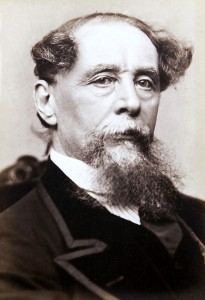 I often wonder how these creative geniuses did it under conditions we, today, would consider primitive. Charles Dickens, for example.
I often wonder how these creative geniuses did it under conditions we, today, would consider primitive. Charles Dickens, for example.
England in the mid 1800s couldn’t have been a picnic. Especially in the winter. It must have been so cold. And bleak. (The phrase “Dickensian” wasn’t coined for nothing.)
So how did he do it? Writers today have laptops and the Internet and central heat (or air conditioning) and electric light and the ability to travel to exotic locales to compose their novels.
Dickens had none of those things. He probably had an ink well, a quill pen, and cold fingers. (I picture Bob Cratchit huddled over a dying ember, rubbing his hands together for warmth.)
Yet, Dickens’ literary output was staggering, and remains among the most influential works in the world.
Same for Joseph Haydn. How did he do it? What were Continue reading

